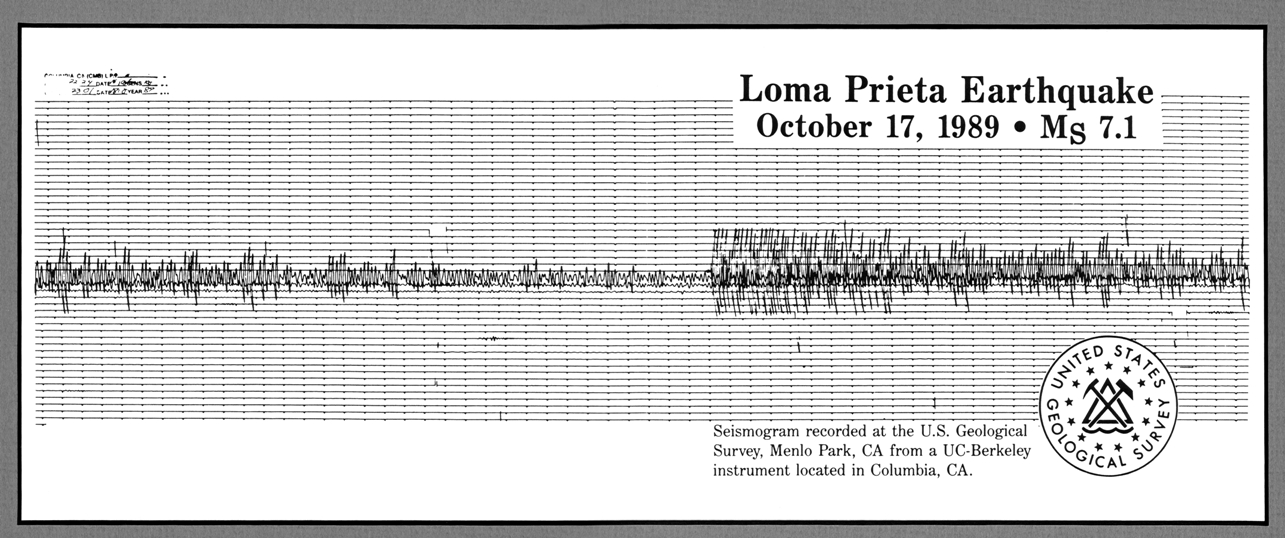39 Seismology
Seismology is the study of seismic waves. Seismology is also the study of earthquakes, mainly through the waves they produce.
By measuring and analyzing seismic waves, seismologists can derive such information as:
- The epicenter, i.e. earthquake location projected on the earth surface.
- The depth of an earthquake focus; helps distinguish shallow vs deep earthquakes.
- The magnitude (i.e. power) of an earthquake
- The type of fault movement that produced an earthquake (i.e. normal, reverse, strike-slip, etc.)
- Whether an earthquake beneath the ocean is likely to have generated a tsunami (a set of giant ocean waves as a result of plate motion)
In addition to information about earthquakes and faults, seismology gives us knowledge of the layers of the earth. Much of what we know about the crust, lithosphere, asthenosphere, mantle, and core comes from seismology.
See the Earth’s interior Basics page for more information on the inner Earth structure.
Seismology also gives us information about underground nuclear testing that takes place anywhere on earth, allows possible oil reservoirs to be located within the earth’s crust, and helps us predict when a volcano is about to erupt.
Seismographs and seismometers are the instruments used to measure seismic waves. The traditional analog seismograph utilizes a pen (stylus) embedded in a heavy weight, which is suspended on springs. When the earth moves during an earthquake, a piece of paper rolling beneath the stylus moves with the earth, but the stylus, with its weight suspended on springs, remains stationary, drawing lines on the sheet of paper that show the seismic motions of the earth.
The USGS photo below shows a seismogram from a seismograph located in Columbia, California that recorded the 1989 Loma Prieta Earthquake.

